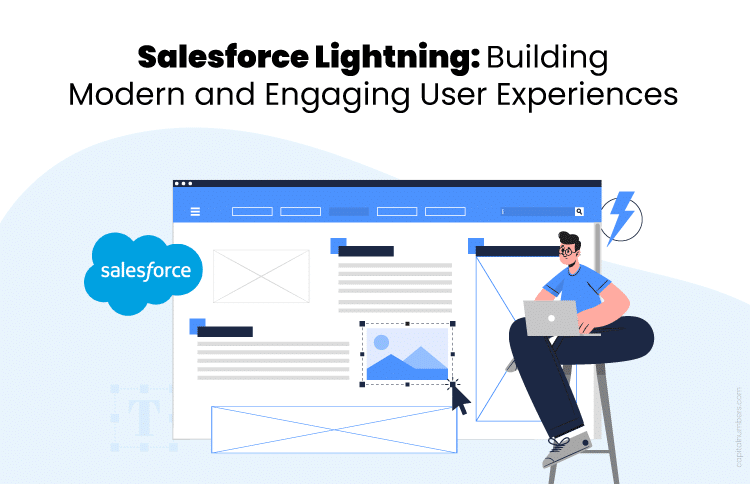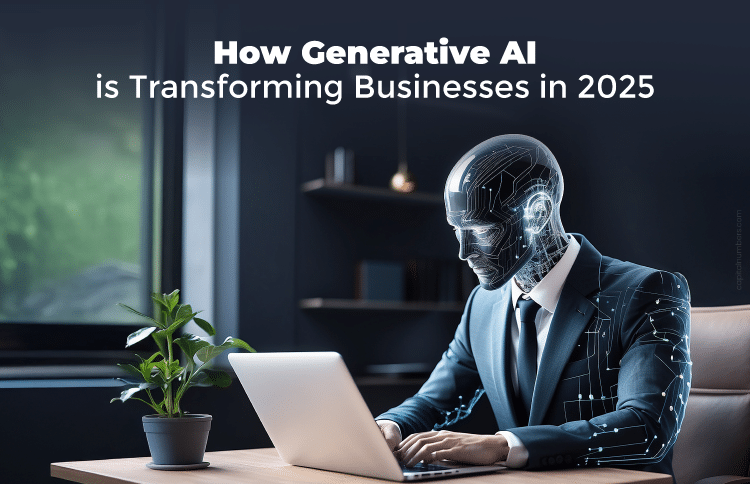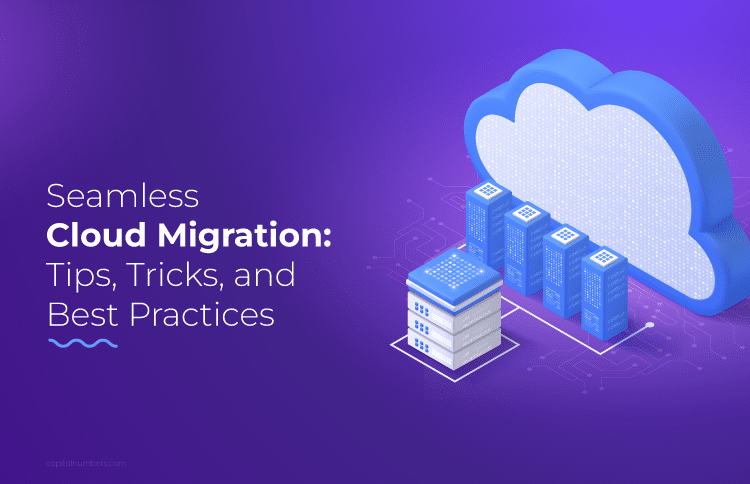A Comprehensive Guide on Magento 2 Development for eCommerce Success
Table of Contents
In today’s competitive eCommerce landscape, Magento is one of the most popular eCommerce solutions, and it didn’t happen by chance. A major credit goes to Magento 2 – the big upgrade from the original Magento. The older version, Magento 1, pioneered eCommerce, but as times changed, it needed a revamp. So, Magento 2 came along, making it adaptable for businesses of all sizes. It’s like a turbocharged engine for your online store, designed to keep you ahead in the fast-paced world of eCommerce.
Eager to know how Magento 2 can revolutionize your eCommerce journey before hiring Magento 2 developers? From fast loading times to seamless integrations and robust security features, Magento 2 empowers you to create an online shopping experience that keeps your customers returning for more. Experience the future of eCommerce development with Magento 2.
Understanding Magento 2
Magento 2, the successor to Magento 1, is not just an update but a complete makeover of the platform. Designed by keeping modern eCommerce development challenges in mind, it offers flexibility, scalability, and user-friendly features. Let’s take a closer look at what Magento 2 brings to the table:
1. Comprehensive eCommerce Solution: Magento 2 is a complete eCommerce solution. From product management, customer segmentation, and analytics to order processing and inventory management, Magento 2 is a one-stop shop for online retail needs.
2. Editions to Meet Different Needs: Magento 2 offers two primary editions:
- Open Source (formerly Community Edition): Free to use, this version is designed for small to medium-sized businesses. While it comes packed with numerous features, businesses have the flexibility to extend its capabilities through plugins and custom code.
- Commerce (formerly Enterprise Edition): A premium offering, this edition is geared towards medium to large enterprises. It has advanced features like B2B functionality, superior support, and better performance capabilities, making it a fit for businesses with more extensive operations and demands. Also, Magento 2 has a cloud-hosted version with the same features as Commerce Edition but eliminates the need for self-hosting.
You may also read : Magento Community or Magento Enterprise – Which Should You Choose?
3. Optimized for Better Performance: Magento 2 prioritizes faster loading times, resulting in quicker page loads for catalog pages and the checkout process compared to Magento 1. This speed boost enhances user experiences and improves SEO rankings.
4. Modern Tech Stack: Magento 2 uses modern technologies like PHP 7, MySQL, HTML5, and CSS3. This choice of technology stack makes it compatible with the latest web standards, improving performance, security, and development practices.
5. Responsive Design: Considering the importance of mobile commerce, Magento 2 comes with ready-to-use responsive themes. This means online stores automatically adapt to mobile devices, making them user-friendly for the increasing number of mobile shoppers.
6. Customizable and Adaptable: Magento 2’s modular structure allows businesses to customize their store’s look and features without changing the essential files. Also, there’s a wide selection of extensions and themes available in the Magento Marketplace, created by developers worldwide, to further enhance its capabilities.
Architecture and Performance Improvements
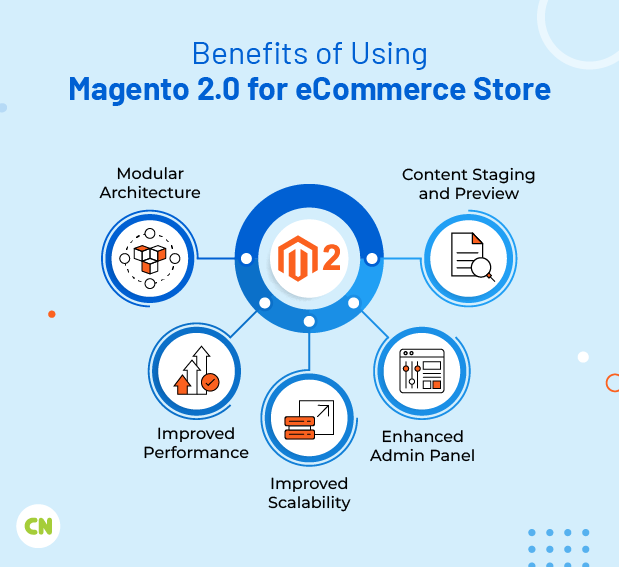
Magento 2 introduced several significant architecture and performance improvements compared to its predecessor, Magento 1. Here are some key areas where Magento 2 has made notable advancements:
1. Modular Architecture: One of the most significant changes in Magento 2 is its modular architecture. In Magento 1, customizations often required modifications to core files, making upgrades and maintenance challenging. Magento 2 introduced a modular approach using the Composer dependency manager. This allows developers to add or update features without touching the core codebase, making the platform more flexible and maintainable.
2. Improved Performance: Performance optimization is a crucial aspect of eCommerce development platforms. Magento 2 addressed this by introducing various performance improvements, including full-page caching, minimizing JavaScript, reducing server load, and optimizing images. Besides, you can integrate multiple technologies like Varnish, Redis, and Elasticsearch for performance. These enhancements lead to faster page load times and improved overall website performance.
3. Improved Scalability: Magento 2 is designed to handle larger catalogs and higher customer loads. It introduces a split database solution, separating critical database operations from non-critical ones. This improves database scalability and helps maintain performance even as your online store grows.
4. Enhanced Admin Panel: The admin panel in Magento 2 is more intuitive and user-friendly. It offers a better user experience for store administrators, making it easier to manage products, orders, and customers. This enhanced usability can save time and improve productivity.
5. Content Staging and Preview: Content management in Magento 2 is more sophisticated, with the ability to schedule content updates and preview changes before they go live. This helps in planning marketing campaigns and maintaining a consistent online presence.
All these often drive businesses to choose Magento 2 as their preferred eCommerce development platform and opt for Magento development services to ensure top-quality services.
How Magento 2 Enhances eCommerce?
There are various ways Magento 2 improves eCommerce, but the chief areas include user experience (UX), extension and customization, API and integrations, and security. We discuss these in detail below.
1. Improved User Experience (UX)
In eCommerce, the user’s experience can make or break a platform’s success. Magento 2 recognizes this and has made significant improvements to enhance the user journey. Let’s take a look at some key UX enhancements in Magento 2:
A. Optimized Admin Interface:
- Dashboard Overview: Store owners are welcomed with a clean, organized dashboard upon login, providing vital store metrics, sales data, and recent orders at a glance.
- Intuitive Navigation: Menus and sub-menus are logically structured for quicker access to various functions.
- Responsive Design: The admin interface adapts to different devices, including desktops, tablets, and mobiles.
- Efficient Product Creation: A step-by-step product creation process simplifies adding and managing products.
B. Better Checkout Process:
- Guest Checkout: To reduce friction during the buying process, Magento 2 prioritizes guest checkout, allowing customers to register after the purchase.
- Dynamic Shipping Rates: Shipping rates are instantly calculated based on the location.
- Two-Step Checkout: The checkout process is streamlined into two steps – shipping and payment, making it faster and more user-friendly.
C. Streamlined Search:
- Instant Search Results: As users type in the search bar, Magento 2 offers real-time suggestions, helping users find relevant products quickly.
- Layered Navigation: Category pages allow users to filter products based on attributes, making it easier to find desired items.
D. Customized Shopping Experience:
- Product Recommendations: Based on user behavior and purchase history, Magento 2 provides personalized product recommendations to boost sales.
- Segmented Content: Merchants can display content targeted at specific customer segments, tailoring the shopping experience.
E. Improved Performance Equals Better UX:
The performance improvements in Magento 2, such as faster page loading, smooth transitions between pages, and quick checkouts, all contribute to an improved user experience.
F. Extensions for UX Enhancement:
The Magento Marketplace offers numerous extensions to enhance the user experience, including improved search functionality and advanced product visualization tools. These options empower merchants to elevate their users’ journey.
2. Extension and Customization
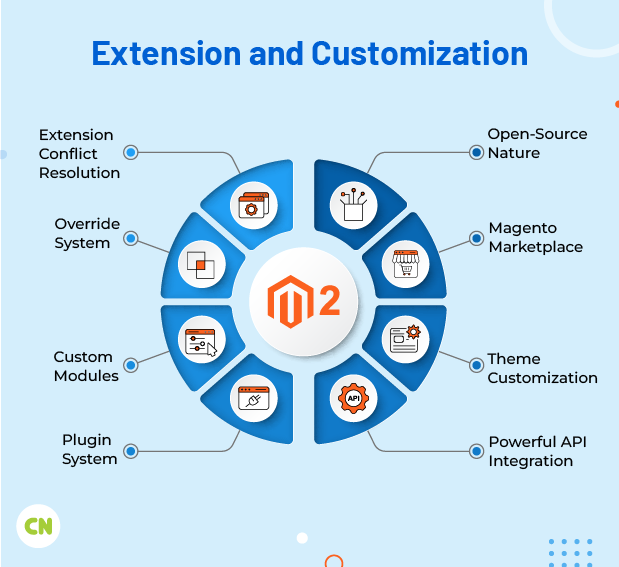
In the ever-changing world of eCommerce, businesses often need unique features to stay competitive and meet customer demands. Magento 2, with its extensive ecosystem, offers the versatility and flexibility businesses need. Let’s explore how Magento 2 makes extensions and customizations easy to implement.
A. Open-Source Nature:
Magento 2’s open-source nature means its source code can be accessed and modified, providing almost limitless customization options. This open-source approach encourages a thriving developer community that continually creates and shares innovative solutions and extensions.
B. Magento Marketplace:
The Magento Marketplace is a central hub with thousands of extensions, both free and paid, that help merchants optimize various aspects of their store, including marketing, SEO, customer service, and eCommerce operations. Each extension undergoes rigorous vetting to meet high-quality, security, and compatibility standards.
C. Theme Customization:
While Magento 2 offers default themes, its architecture allows extensive customization. It empowers brands to create unique storefronts that reflect their identity. Designers can tailor every visual element, from product grids to checkout pages, using layout files, CSS pre-processing, and the UI components library.
D. Powerful API Integration:
Magento 2’s API capabilities facilitate seamless integration with various third-party tools and platforms, such as CRMs, ERPs, and payment gateways. It enables businesses to use tools they’re already familiar with, ensuring consistent operations and data management.
E. Plugin System:
Magento 2’s plugin system is a standout feature for customization. It allows developers to modify or extend core functionalities without altering the core code directly. This ensures customizations are update-proof and won’t disrupt platform upgrades.
F. Custom Modules:
Beyond plugins, Magento 2 developers can create custom modules. These act as mini-applications, adding specific features, like loyalty programs or subscription models. The modular architecture keeps these custom additions separate from the core system, ensuring stability and scalability.
G. Override System:
When existing core functionalities need adjustments, Magento 2 offers a system to override core files in an organized way. This allows desired changes while keeping the core untouched.
H. Extension Conflict Resolution:
With multiple extensions, conflicts can occur. Magento 2 provides mechanisms, like Dependency Injection, to manage and resolve conflicts, ensuring smooth coexistence of extensions.
3. API and Integrations
Nowadays, eCommerce development platforms need to connect and work seamlessly with other systems to streamline operations, offer various functions, and enhance customer experiences. Magento 2 excels in this area with its robust API capabilities and numerous integration possibilities. Let’s find out.
A. Web APIs – REST, SOAP, and GraphQL:
Magento 2 supports different web API types: REST (Representational State Transfer), SOAP (Simple Object Access Protocol), and GraphQL.
- REST and SOAP are comprehensive APIs that allow developers to do various operations on their Magento store, like creating, reading, updating, or deleting data. REST is popular for its simplicity, while SOAP is chosen for more security or complex transactions.
- GraphQL, introduced in Magento 2.3, is a query language for APIs. It lets clients request only the needed data, making it efficient, especially for mobile devices and progressive web apps (PWAs).
B. Third-party Integrations:
Magento 2’s API capabilities enable it to integrate smoothly with many third-party systems. Whether it’s CRM systems like Salesforce, ERP solutions like SAP, or payment gateways like PayPal and Stripe, Magento 2 can effectively share and sync data with them.
C. Extensions and Connectors:
The Magento community and third-party developers have created special extensions and connectors for popular platforms and tools. These are ready-made solutions for integrations, reducing the need for custom development.
D. Custom API Development:
If your business has unique requirements, you can create custom APIs in Magento 2. This ensures that data can flow smoothly between Magento 2 and any external system, even if it’s a proprietary one.
E. Asynchronous API:
In Magento 2.3, asynchronous APIs were introduced. They allow operations to happen in the background without making the user wait for a response. This is useful for handling large data transfers without affecting the user experience.
F. Security Measures:
Magento 2 takes data security seriously. It uses authentication processes like token-based authentication to ensure that data exchanges are authorized and protected against malicious attempts.
G. Data Import and Export:
Magento 2’s robust APIs make it easy to import and export data efficiently. Whether you’re moving product catalogs, customer data, or syncing orders with an ERP system, Magento 2’s APIs ensure consistent and reliable data flow.
H. Headless Commerce:
With various front-end technologies rising, businesses are exploring headless commerce solutions. In simple terms, the front-end (what the user sees) works separately from the back-end (where the data is managed). Magento 2’s APIs make it possible to use platforms like React or Vue.js for the front-end while Magento handles the back-end operations.
4. Security Measures
eCommerce development platforms deal with sensitive data, from customer personal information to payment details. Therefore, the importance of strong security cannot be emphasized enough. Magento 2, a prominent eCommerce platform, focuses on security to provide businesses and their customers with a secure environment. Here, we have discussed the security measures Magento 2 employs in detail.
A. Dedicated Security Center: Magento maintains a dedicated Security Center that makes you aware of the regular updates, patches, and best practices to address potential vulnerabilities swiftly.
B. Two-Factor Authentication (2FA): Introduced in Magento 2.4, 2FA enhances admin login security. Besides a password, users must verify their identity through a secondary method to reduce unauthorized access risks.
C. Data Encryption: With robust data encryption standards, Magento 2 safeguards sensitive information like customer passwords and credit card details, both at rest and during transit.
D. XSS Protection: Magento 2 has built-in mechanisms to prevent cross-site scripting (XSS) attacks. By carefully validating and sanitizing user inputs, it mitigates the risks associated with malicious scripts injected into web pages.
E. SQL Injection Prevention: Magento 2 defends against SQL injection attacks using parameterized queries and its Object-Relational Mapping (ORM) system. This ensures that external actors cannot manipulate or access the database maliciously.
F. Regular Security Patches: Magento continuously monitors its platform for vulnerabilities and releases security patches for prompt implementation by merchants. This proactive approach keeps the platform resilient against evolving threats.
G. Custom Admin Path: Magento 2 enables users to set a custom admin path instead of the default one, making it more challenging for potential attackers to locate and access the admin dashboard.
H. Back-end Security Measures: Magento 2’s back-end provides features to enforce strong password policies, set password expiration times, and monitor login attempts, ensuring the security of back-end access.
I. Secure Payment Bridges: Magento’s Payment Application Data Security Standard (PA-DSS) compliant payment bridge ensures secure transmission of payment data between the store and payment gateways.
J. Role-Based Access Control (RBAC): Magento 2 allows store owners to define roles and permissions finely. This ensures that employees can only access data and functionalities relevant to their role, reducing the risk of internal security breaches.
You may also read : WooCommerce vs. Shopify vs. Magento vs. BigCommerce
Bottom Line
In a nutshell, Magento 2 has successfully addressed the evolving needs of eCommerce businesses in the digital marketplace. Its commitment to performance, security, and seamless integration with third-party systems ensures your online business remains agile and competitive. By investing in Magento 2, you’re not only choosing a robust eCommerce platform; you’re embarking on a journey to transform your online retail presence.
Do you want to build an eCommerce application with Magento? Choose Capital Numbers. Equipped with 750+ in-house talents, we will provide innovative and scalable solutions quickly and affordably. Want to discuss your project? Call us today!

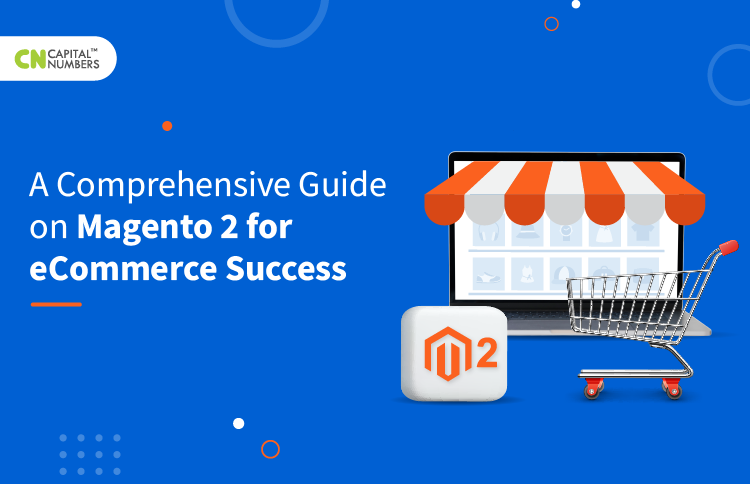
 Web Development
Web Development Cloud Engineering
Cloud Engineering Mobile App Development
Mobile App Development AI/ML/GenAI
AI/ML/GenAI E-commerce
E-commerce Software Development
Software Development UI/UX
UI/UX QA
QA Dedicated Teams
Dedicated Teams